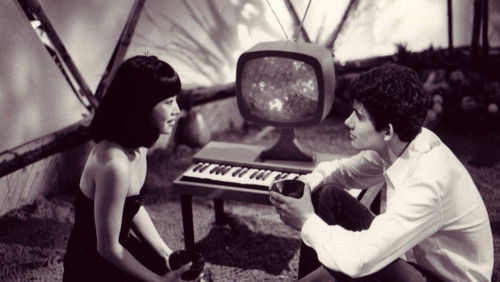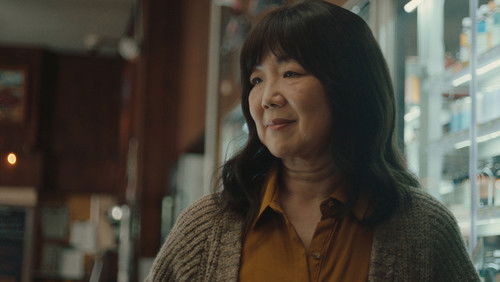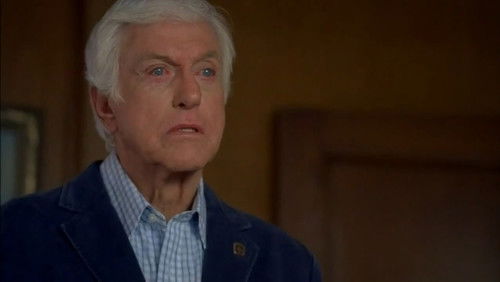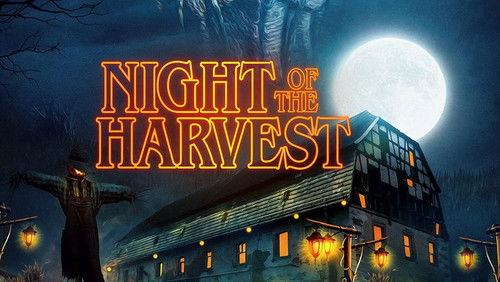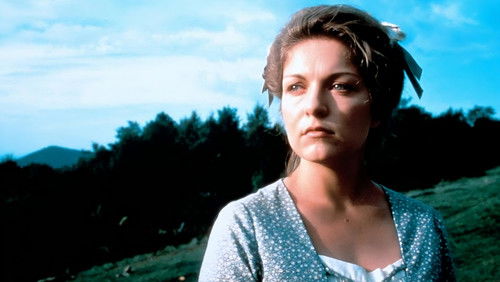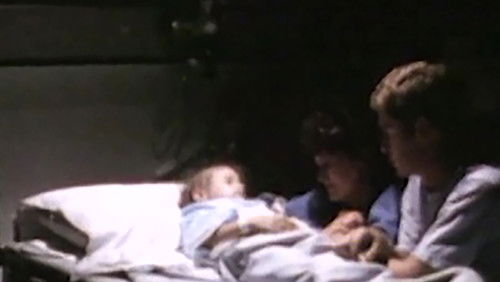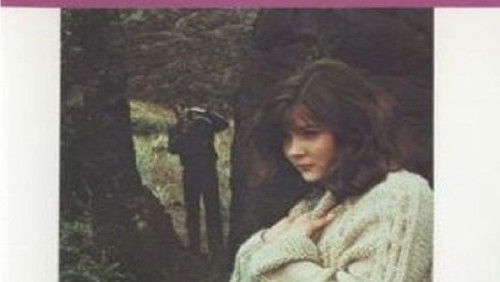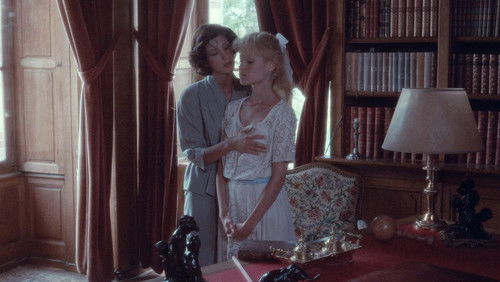Die blonde Venus (1932)
16KDie blonde Venus: Directed by Josef von Sternberg. With Marlene Dietrich, Herbert Marshall, Cary Grant, Dickie Moore. A cabaret singer takes up with a millionaire to pay for her gravely ill husband’s operation.
“This is the 5th of the 7 legendary collaborations between Dietrich and von Sternberg, and the only one set in the U.S. (the other 6 are set in Germany, Morocco, Europe, China, Russia, and Spain). All of the principals, including the director, were born in Europe. For some reason it is my personal favorite, and the only one I enjoy watching repeatedly. Probably this is for the outrageous musical numbers, which display Dietrichu0026#39;s incredibly self-assured command of her environment (what can top u0026quot;Hot Voodoou0026quot;, but I really really love the glittering white top-hat and tails number particularly). This would have been the only time during filming that von Sternberg could not totally exercise his robotic direction of her; she gets to be more u0026quot;herselfu0026quot; as a real performer, and her energy-level comes way up. Also Iu0026#39;d venture that since the story is set in the U.S. it makes it more challenging to present her as u0026quot;exoticu0026quot; (as opposed to, say, China). I love how von Sternberg plays her characteru0026#39;s flight South, into increasingly lurid, run-down, and crude environments. The technical side of movie-making had made huge strides; film-stock was becoming much more uniform and high-contrast, and sound-recording had improved greatly in just a few years; von Sternberg was able to make full use of this. The film feels snappy and tightly-paced, and has mostly abandoned silent-film mannerisms.u003cbr/u003eu003cbr/u003eIn comparison to their next 2 films, this one feels quite grounded. The subsequent u0026quot;Scarlett Empressu0026quot; and u0026quot;Devil is a Womanu0026quot; would be increasingly baroque and outrageous excursions into fantastic style, excess, and European decadence, which kind of left their American audiences in the dust – and helped Dietrich land on the infamous u0026quot;box-office poisonu0026quot; list.u003cbr/u003eu003cbr/u003eThis is a pre-Code film, and it routinely tweaks conventional morals. The nightclub in which Dietrich goes to work is clearly a high-class u0026quot;speakeasyu0026quot;; Prohibition was still in effect at the time. Also, its always a bit confusing for modern audiences when dollar-amounts are mentioned in old films. The personal check which Dietrich receives from Cary Grant is for $200 as I recall; in current dollars that would be something more like $2,500 and was an amount which would have set Depression-era audiences reeling with its clear implication of what Grant had received in return!u003cbr/u003eu003cbr/u003eThis is the first chance Cary Grant had to do a major co-starring role, and its the earliest of his films available on video. Another IMDb u0026quot;commentu0026quot; mentions Dietrich and Mae West supposedly u0026quot;falling in loveu0026quot; with him, which is a laugh! Dietrich (in her daughteru0026#39;s bio) referred to him as the u0026quot;shirt-selleru0026quot; (Grant was selling menu0026#39;s shirts at the studio, as a sideline to make extra money); West preferred, to put it delicately, men who were a little more red meat (I think that Grant was already living with Randolph Scott at the time of filming; they used to attend Hollywood A-list parties as a couple, which Scott could get away with partially because of his very blue-blood East Coast family connections).u003cbr/u003eu003cbr/u003eOriginally available on LaserDisc (as a 2-disc set with u0026quot;Shanghai Expressu0026quot;).”
